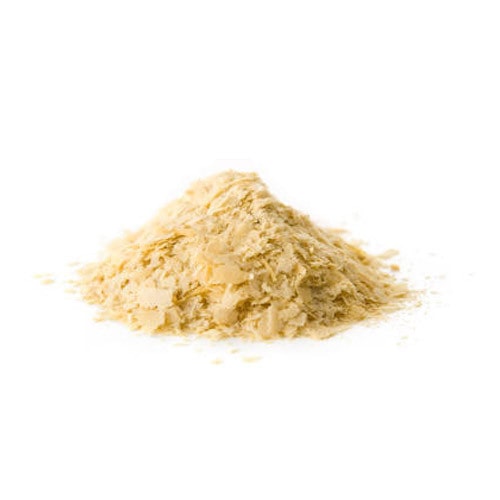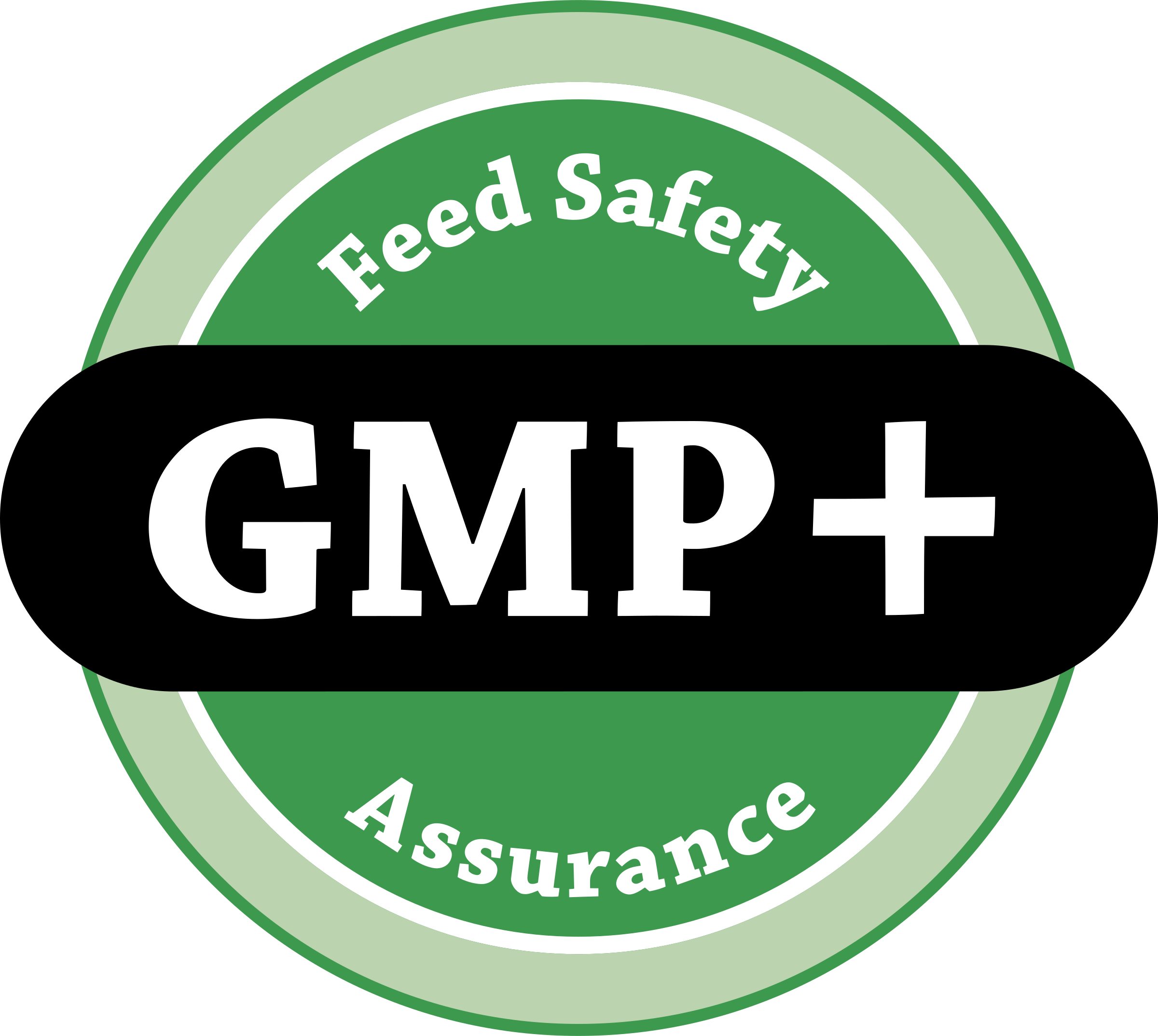Did you ever observed greyish, yellowish or white-colored substances in your food during monsoon?? It means the food is contaminated with fungus. And if the fungus is the kind that produces mycotoxins, the food can even be poisonous. Food spoilage is accelerated during the monsoon as the air is more humid than usual. Fungus formation on food makes it unsuitable for consumption, often triggering allergies and respiratory problems.
Mould is everywhere, hence feed given to livestock and poultry is not untouched and it gives severe loss to the farmers and farm profitability.
The most appropriate practices to put halt on mycotoxins are:
- Prevention of fungal growth on crops in the field, at harvest time, during storage of feedstuffs and processing of feed.
- Application of appropriate mycotoxin binder in order to achieve good productivity and economy.
Prevention is always better than treatment
- Good manufacturing practices and hazard analysis critical control points should be applied
- Proper drying and storage of grains can avoid occurrence of mycotoxins. Exposure to sunlight for 12-14 hrs degrades aflatoxin up to 70-90%. Keep the moisture of grain less than 12%.
- Efficient detoxification strategies should be practiced
- Autoclaving and pelleting can be a good practices. Pelleting causes destruction of heat-labile toxin factors. It also maintains the integrity of the gastrointestinal tract and the heat treatment associated with pelleting improves feed digestibility by deactivating anti-nutritional factors
- Chemical agents like alkali (Calcium hydroxide, Ammonia) and acids (Benzoic acid, Copper sulphate@ 0.04-0.05%) is effective in treatment of fungal contamination
Store the feed and ingredients in well ventilated dry place; which is water, insect and rodent proof. Adequate ventilation of poultry house to reduce humidity (removes moisture available for fungal growth and mycotoxin formation in feeders).
- Avoid storage of feed for more than a week. Regular inspection of feed containers is essential. Withdraw toxin contaminated feed immediately.
Read Also:8 Wonder Herbs And Spices To Improve Livestock Gut Health
Make improvements in dietary supplementation
- Keep a close look on stored feed. Toxic feed should be removed as soon as possible and should be substituted with unsullied one. Poultry usually recover as soon after fresh feed is available.
- As, mycotoxins affect the protein and amino acid metabolism, increasing the dietary level of proteins can minimize the ill effects especially when uncontaminated with aflatoxin. Vitamins should also be added to the poultry’s diet
- Supply of Methionine and other sulphur-containing amino acids, over and above the requirement can protect the chicks from growth depressing effects of aflatoxin.
- Liver tonics should be added to the diet. Lipotropic agent like Choline helps in minimizing liver damage.
- Calcium and Vitamin D3 supplementation can minimize the adverse effect of aflatoxins, such as leg weakness and poor eggshell quality.
- Increase the supplementation of antioxidants like vitamin E, vitamin C and selenium, as mycotoxins are free radical generators and therefore challenge the antioxidant responses within the poultry
Adoption of appropriate Mycotoxin binder or its combination
Mycotoxin binding agents include activated charcoal, yeast cell wall products, synthetic Zeolites and mined mineral clays such as aluminosilicates, sodium bentonite. Effectiveness of these compounds depend upon the adsorptive capacity, their structure, their purity and the characteristics of the targeted mycotoxin.
- Zeolites (Sodium Zeolites A) and aluminosilicates have strong affinity to aflatoxin and form a stable complex. They have ability to exchange cations without major changes in structure. Natural clays can adsorb toxic products of digestion and decrease the accumulation of toxic substance, thus decreasing the incidence of internal disorders. Natural soil minerals may stimulate the lining of the intestinal tract that increases the production of antibodies, which could then inhibit the onset of enteritis.
i) Hydrated Sodium Calcium Aluminosilicates (HSCAS) and nutrients with antioxidant capabilities (Selenium, Methionine and Vitamin E)
ii) HSCAS and Virginiamycin
 Mannan Oligosaccharides, developed by esterifying yeast cell wall glucomannans, can specifically adsorb Aflatoxins, Ochratoxin and Fusariotoxins. Yeast cell walls are potential mycotoxin binders, besides having nutritional value. Using only yeast cell walls instead of whole cells, the adsorption of mycotoxins can be enhanced. The beta-d-glucan fraction of the yeast cell wall is directly involved in the binding process with Fusarium mycotoxins as zearalenone, and the structural organization of beta-d-glucan modulates the binding strength.
Mannan Oligosaccharides, developed by esterifying yeast cell wall glucomannans, can specifically adsorb Aflatoxins, Ochratoxin and Fusariotoxins. Yeast cell walls are potential mycotoxin binders, besides having nutritional value. Using only yeast cell walls instead of whole cells, the adsorption of mycotoxins can be enhanced. The beta-d-glucan fraction of the yeast cell wall is directly involved in the binding process with Fusarium mycotoxins as zearalenone, and the structural organization of beta-d-glucan modulates the binding strength.
- Dietary supplementation of activated carbon reduces the toxic effects of many insecticides, pesticides and other toxins by adsorption and elimination in the faeces. Activated charcoal is a universal toxin binder. It is a general adsorptive material with a large surface area and excellent adsorptive capacity and recommended for various digestive toxicities. Many toxins are positively charged, and a binder that is negatively charged like charcoal will be attracted to them, and able to adsorb many of them. The Activated charcoal and the toxin are then excreted in the faeces if it is part of food ingestion, or if it is cycling through the enterohepatic circulation with the bile. Activated charcoal is not absorbed by the body. Therefore, if it binds a toxin in the intestinal tract, it and the toxin end up leaving the body.
- Herbs and herbal extracts like Cinnamaldehyde inactivates enteridis, C.jejuni & reduces colonization, while Carvacrol has action against C.perfringens & E.coli.They down-regulate toxin producing genes, modulates transcriptional repressor and modifies bacterial membranes, thus arrest bacterial multiplication. Azadirachta indica has potent antifungal and antibacterial action that fights with the endotoxins producing bacteria. It is effective against a wide spectrum of insects, fungi and viruses, which reveals its great potential as possible biological control of fungi and mycotoxins.


